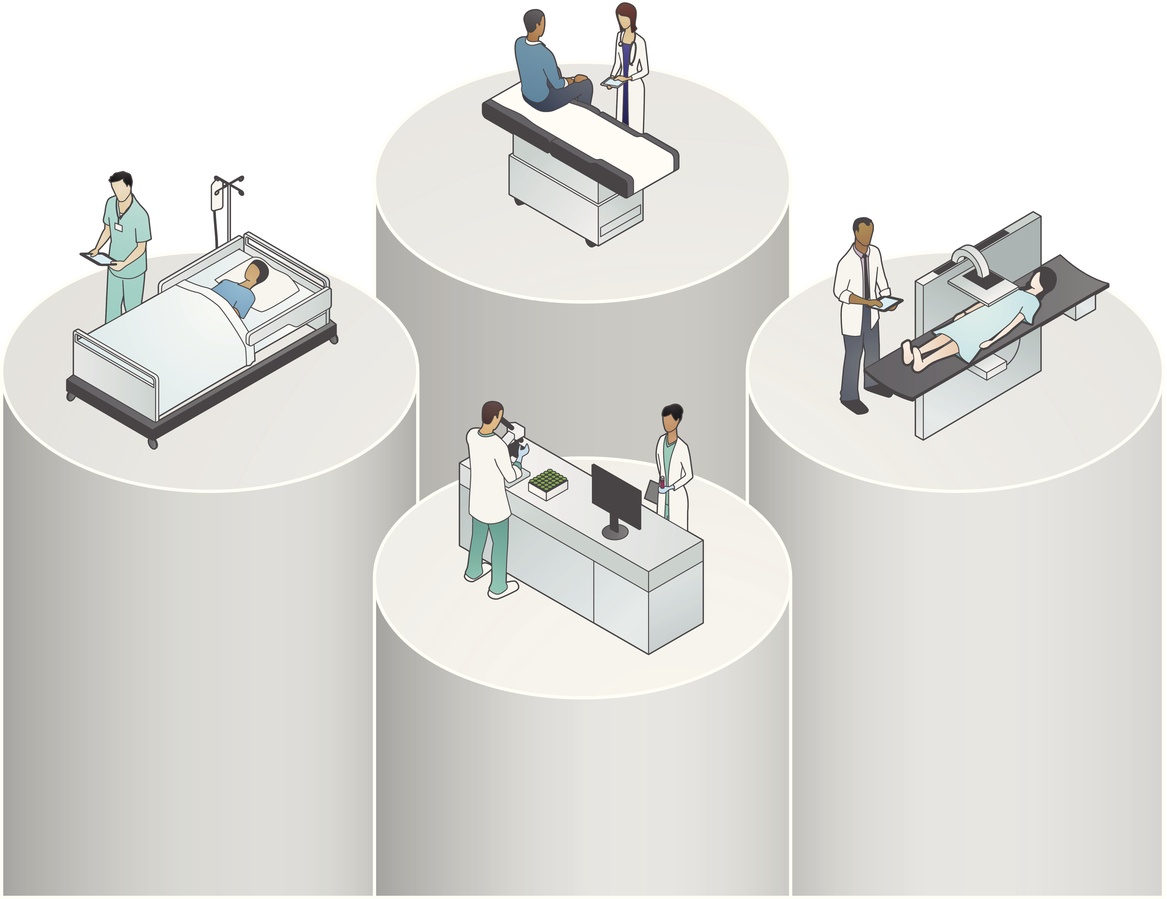Could Data Inefficiencies Be Crippling Your Clinical Trial Outcomes?

If clinical trials want to see a real reduction in costs, they need to seek out more efficient tools for data collection and sharing.
As data gathering and analysis technologies improve, many industries are seeing the benefits in the form of increased efficiency, lower operational costs, and a more positive experience for consumers.
However, clinical trials are still somewhat behind the curve when it comes to embracing new technologies. A survey conducted by the Clinical Data Interchange Standards Consortium (CDISC) and CenterWatch of 750 members throughout the clinical research community suggests that 75% of trials still rely on paper data collection as their primary tool. This is in spite of the fact that electronic data collection tools have been available for more than 20 years.
As a result, the process remains both inefficient and prone to error. According to a recent article co-authored by Liora Alschuler, Rebecca Kush, and Landen Bain for Science Magazine, “Data must be entered by hand, typically on a three-part paper case report form (even if it is already in an electronic record), from which it is reentered once or even twice into a clinical trial database and only then is it evaluated for errors/inconsistencies.”
These kinds of inefficiencies are costing the industry big. According to research from Tufts CSDD, losses due to avoidable data-related issues range between $4 and $6 billion each year.
Digital Disconnect
Interestingly, these data issues don’t seem to be stemming from a lack of industry awareness or desire to change. According to the CDISC and CenterWatch survey:
- 93% of biopharmaceutical organizations believe efficient data interchange of clinical data among different parties is very important
- 90% feel that steps should be taken to improve data collection standards at the investigator site level
- 89% of site personnel feel that sponsors need should “collaborate in the standardization of electronic data collection practices and systems for investigative sites”
- 80% of sponsors and 81% of clinical technology service providers feel that electronic source documentation should become the industry standard now or in the near future
- 70% of sponsors and 73% of site personnel feel that this is a “key area where technology can better be leveraged in the future to support clinical research”
So what’s the hold up? According to survey respondents, the current set of available options simply aren’t up to par. 69% of sponsors and 67% of CROs feel that existing technological applications do not have “adequate functionality to meet the current needs.” As a result, the rate of tech innovation and adoption has stagnated, and efficiency has been on the steady decline.
A Patient-Facing Problem
Data collection-related problems don’t just negatively impact trials from an operational perspective – they can have a seriously detrimental effect on patient recruitment and retention as well.
Many sponsors utilize online screeners and call centers to reduce some of the recruitment burden on the site level. However, when this information is siloed, patients are often subjected to the same questions or processes when they arrive at the investigator site, giving them the impression of a disorganized or disconnected operation – not exactly ideal when the goal is to make them feel comfortable and confident that they’re in good hands.
Similarly, many call centers don’t have access to investigator site calendars or appointment booking tools. That means they typically have to ask a patient what would be an ideal time slot for them, check with the investigator site as to whether or not that time is available, then go back to the patient again to confirm or reschedule. In the age of one-touch purchasing, omnichannel experiences, and instant gratification, if you’re making patients jump through too many hoops during the scheduling process, they’re probably not going to end up sticking around for very long.
Ultimately, it’s the entire industry’s responsibility to come together and fix this problem. Unless everyone is on board and willing to collaborate, clinical costs will almost certainly continue on their current upward trend. By adopting tech-forward, single-source processes whenever and wherever possible, we can reduce errors, increase efficiency, de-silo vital information, improve data quality, and perhaps most importantly, increase patient safety.

 Back to Blog Home
Back to Blog Home